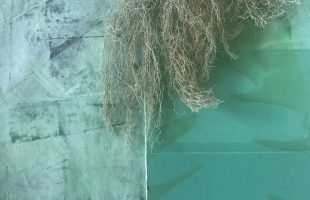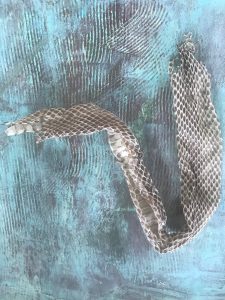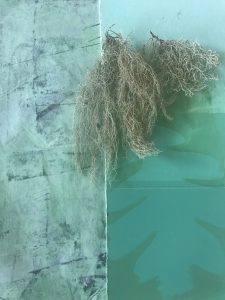
A friend and former colleague of mine, India Clark, yoga and meditation teacher and director of the Wayfinder Institute / Transformational Art Encounters www.wayfinderinstitute.com conducts online workshops blending guided art observation with mindfulness, movement, breath work and self-expression. I attended her two-evening session on Flexibility and Focus.
India asks participants to look at an art work closely, to look for details that draw us in, techniques, places in which we see the artist’s hand, or favorite places in a painting. This is focused looking and yields enormous pleasure and food for thought, and usually how I like to look at art. If we then move to looking at the same work in a more general, flexible way, we might notice a mood, an overall feeling, and the possible ways in which the details work together to create a whole. This more unstructured looking yields metaphor and message, and perhaps meaning. India calls these two ways of looking focus and flexibility, two sides of the same coin, and she applies these ideas to the way in which we approach other parts of our lives.
I’ve been working on composition for the pages of Objects of My Desire, my new artist book. Paste papers are great fun to do, quite flexible in their method of production: dampen the paper, apply the paste – a mixture of methylcellulose and paint – and start drawing in patterns, textures, lines, and shapes. Let it dry. Add another layer. Essentially that’s the process, without too many rules.
The product becomes the accretion of layers, what gets revealed beneath as I scoop away at the wet layer, and what additional layers provide in terms of depth, texture, and color. The process is flexible, and possibly surprising, and the possibilities endless.
Yet, it’s one thing to “play”, that is, to look for interesting effects, for patterns and textures I might like to use in the future for a book cover, or a collage along with other papers I’ve collected or painted. It’s another thing to strive towards an effect that enhances the entire composition. Flexibility is at a halt and focus comes into play.
I’m painting papers to enhance the word “Breath.” Or I’m thinking about textures that can bring to mind Skin, or the word Blue, as in the atmosphere. These are my subject matter. And the process of making a paste paper doesn’t always lend itself to the concept. I’m finding that out too, and can abandon the method if it’s not serving my ideas.
So, I’ve moved on to gel prints – a printmaking process that allows prints to be made without a press, and have their own fluid quality and layering possibilities. The gel is the printing ‘plate’ made out of very thick gelatin. One applies pigment to it with a brush, or brayer, fingers, or squirt bottle. The imagery is built by laying down shapes or leaves, foam cut outs, or stencils to block off the first color – or in other words to create a negative space.
In some ways, the thinking is similar to the paste papers – layers, color blending, texture, shapes. But in very important ways it’s the opposite. Printmaking requires a different focus, how to think about blocking areas to expose what’s underneath, making the new addition of color serve as a background to the exposed shapes or colors. I don’t come to printmaking very easily, so the process sometimes challenges my understanding, otherwise known as “hurting my brain.” It demands more focused attention and less free play.
I’m getting the hang of it. Fortunately, I have this time to explore these two processes and apply them to my artist book project. I also like creating unique gel prints. My artist-in-resident, Joy St. Claire, www.oliviastclaire.com has been working alongside me, and producing amazing results.

 gel prints by Olivia St. Clair
gel prints by Olivia St. Clair
Olivia is a great example of someone who is “working through a problem.” As she explores the negative / positive aspects of printmaking, I have the advantage of learning from her, as she has had the advantage of learning this new skill from me so different from her photography skills. She practices the flexibility and focus needed to make a good print, but to abandon certainty and make print after print in search of how flexibility and focus work together. Her example has given me the direction for my next set of prints about Plankton. Stay tuned …



